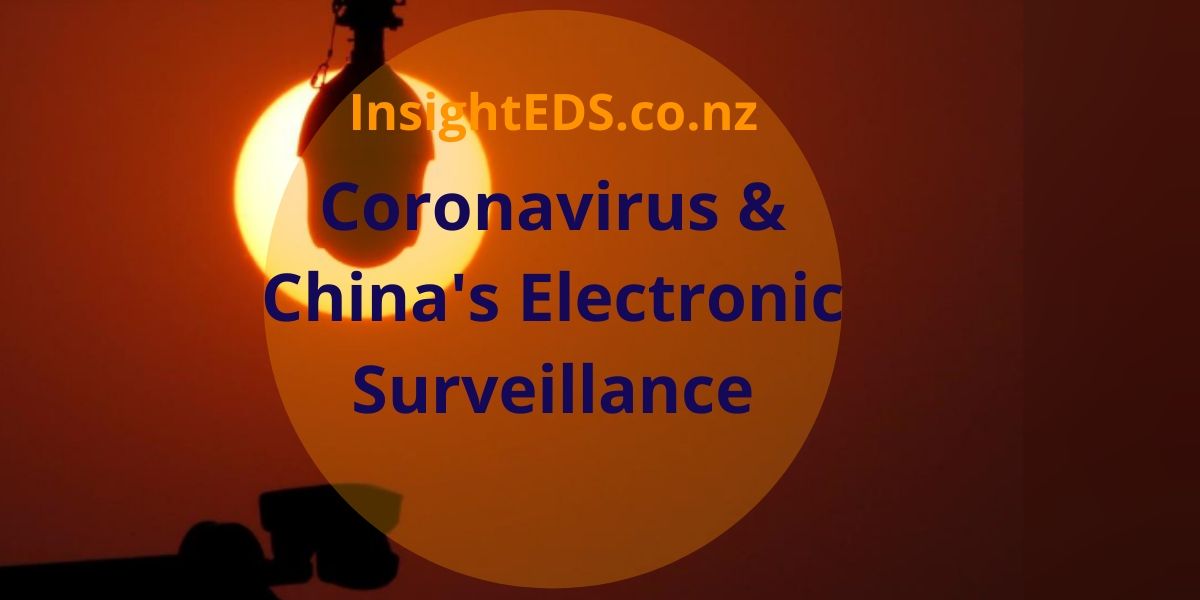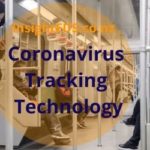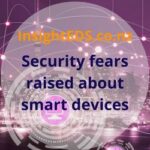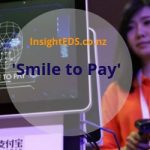
Tracked, Identified & Tracked again
When a man from Hangzhou returned home from a business trip, the local police got in touch. They had tracked his car by his license plate in nearby Wenzhou, which has had a spate of coronavirus cases despite being far from the epicenter of the outbreak. Stay indoors for two weeks, they requested.
After around 12 days, he was bored and went out early. This time, not only did the police contact him, so did his boss. He had been spotted near Hangzhou’s West Lake by a camera with facial recognition technology, and the authorities had alerted his company as a warning.
“I was a bit shocked by the ability and efficiency of the mass surveillance network”
“They can basically trace our movements with the AI technology and big data at any time and any place,” said the man, who asked not to be identified for fear of repercussions.
The Chinese have long been aware that they are tracked by the world’s most sophisticated system of electronic surveillance. The coronavirus emergency has brought some of that technology out of the shadows. Thus providing the authorities with a justification for sweeping methods of high tech social control.
Artificial intelligence and security camera companies boast that their systems can scan the streets for people with even low-grade fevers. Then identify them using facial recognition software, even if they are wearing masks and report them to the authorities.
If a coronavirus patient boards a train, the railway’s “real name” system can provide a list of people sitting nearby.
Mobile phone apps can tell users if they have been on a flight or a train with a known coronavirus carrier. Maps can show them locations of buildings where infected patients live.
Although there has been some anonymous grumbling on social media, for now Chinese citizens seem to be accepting the extra intrusion. Or even embracing it, as a means to combat the health emergency.
Insight EDS can help with all your electronic surveillance and security needs






